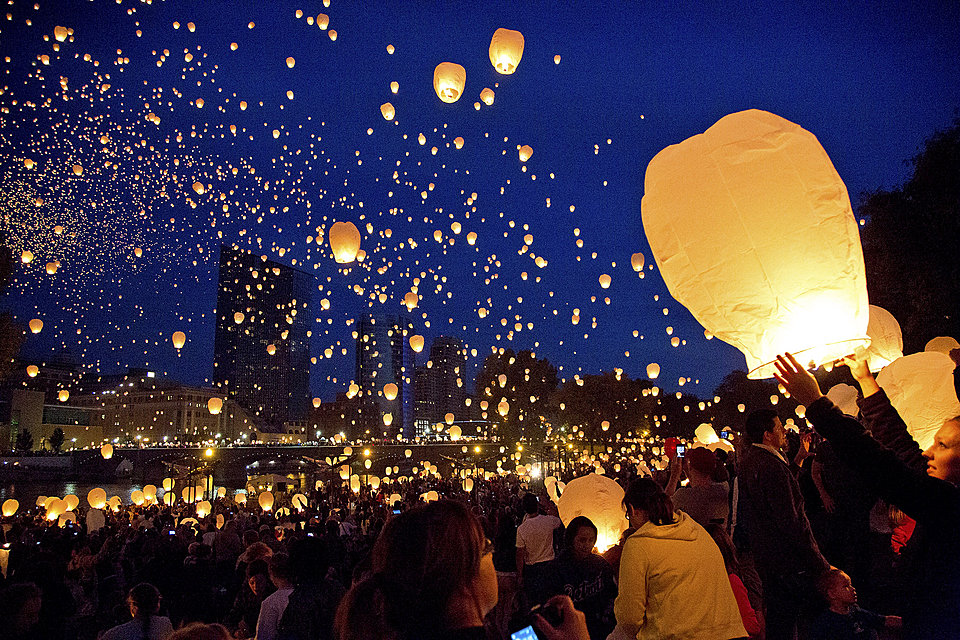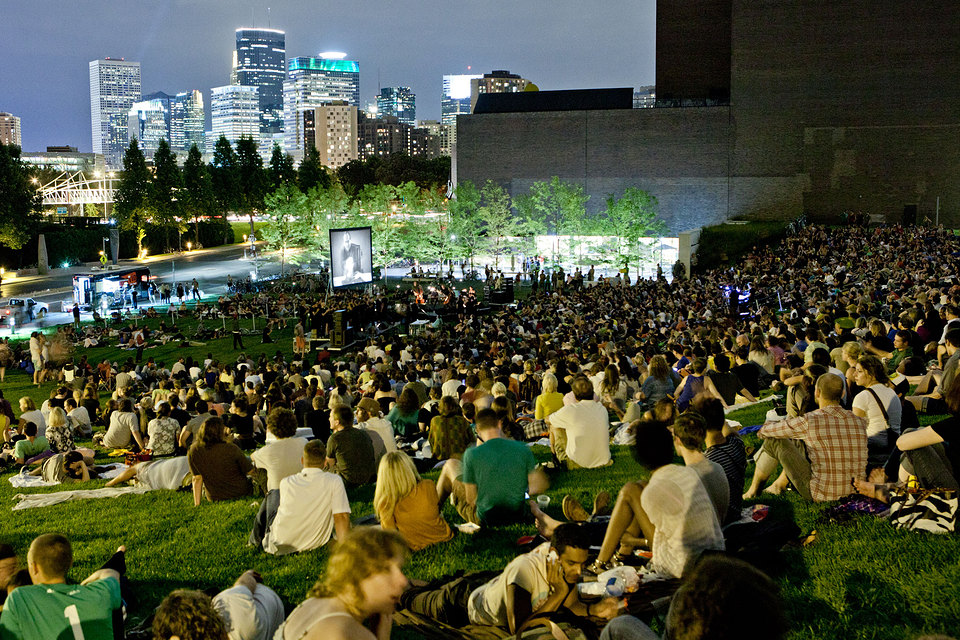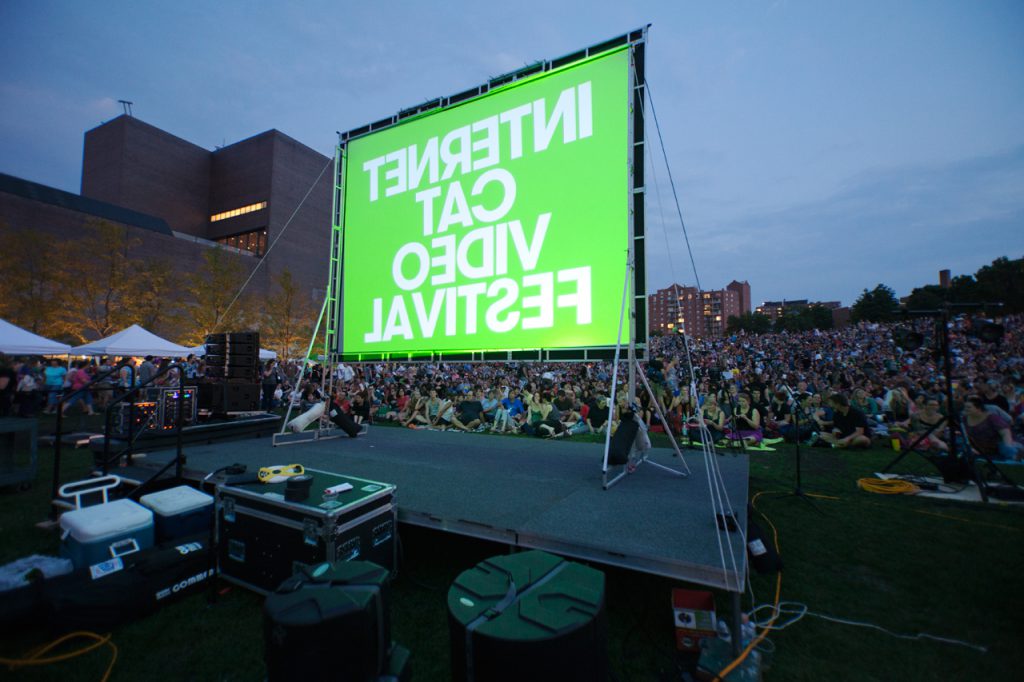

Open Field at Walker Art Centre
Open fields is a cultural and community project by the Walker Arts centre experimenting with participation and public space. It is a summer gathering space, allowing people to connect, create and explore together. A “cultural commons” as Sarah Shultz explains. Through experimentation they have created a framework that allows for a fluid and agile dialogue between the public, institution and artists. There are boundaries, in the time and space, but they were also open to what might occur in the space.
The project started with the problem of what to do with the empty field at the Walker Arts Centre . As Sarah Shultz explains in her lecture (video below) they wanted to explore how art, the artists and the institution function in a more sustainable way. This led to looking at the space as a type of creative commons, a shared resource that could frame cultural participation. They realised that in order to engage with the public they needed to give them permission and space to express their set of values. So the institution developed a framework of engagement, “creating the structures by which people understand and are comfortable with how to engage and contribute” At Open Fields the frameworks are ‘ools’, ‘rules’, ‘seeding’ and ‘meeting’.
The first two frameworks they created were the ‘rules’ for guiding participation and the ‘tools’ for for empowering participation. These came from an initial community charrette. A collective brainstorming session used to generate ideas. The ’tools’ were things designed to empower participants to create their own experiences of Open fields. They are a mix of physical, digital and social tools from a shed, which had space for providing food, shade and recreation to a website and google calendar.
The Rules for guiding participation, know as the Field Etiquette, is about explaining what the boundaries of participation are. It is about protecting the spirit, space and people of the Open Field. Therefore creating that shared responsibility and cultural commons.
Although they had designed the tools, rules and started to engage with the public. The team at the Walker found that people were finding it hard to approach them with their ideas. That they needed to help people imagine the possibilities. So they began testing small ideas and ways to encourage people to participate. In a form of “Show, don’t tell” they peppered the summer calendar with activities, and found that this not only encouraged people’s imaginations but also gave them permission to be involved. This allowed the institution to become a facilitator instead of the traditional curator and creating the third framework of ‘seeding’ and modelling as people learn from each others social norms.
This practice of testing ideas and getting feedback continues at the Open Field. As Sarah explains “learning by doing- making is learning and making is experience”. One example of this is the Cat Video Festival which started as a one day event with a surprise turnout of 10,000 people. It was later adapted for the Minesota State fair and has now become a touring festival. It success was through creating the shared experience, taking something people normally do at home and sharing it in real time and space and allowing people to connect with each other.
The final framework was ‘meeting’ making opportunities for casual visitors to have encounters. For the Open Field it is all about creating connections, the final framework is ‘meeting’. This is shown in how they chose to measure success not by the number of people who attended the activities but by the expression of sentiment.


